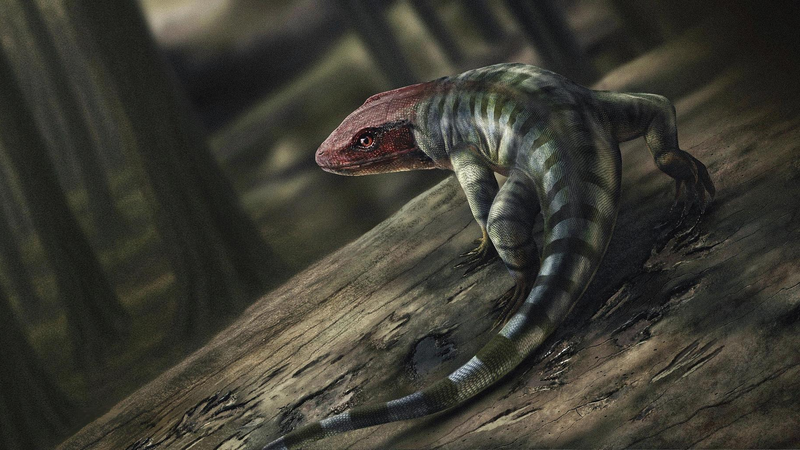Scientists in Australia have uncovered the oldest known fossil footprints of a reptile-like animal, dating back around 350 million years. This groundbreaking discovery pushes our picture of early land explorers further into deep time.
The prints were found embedded in sedimentary rock in central Australia and reveal a creature with limb structures adapted for life on land. Until now, the fossil record suggested that after life ventured onto land roughly 400 million years ago, a lengthy transition period was required before animals could roam fully on dry ground.
By comparing footprint size and stride patterns, researchers estimate that fully terrestrial locomotion emerged just 50 million years after the first ocean-dwelling animals began exploring shorelines. These data-driven insights highlight a faster pace of evolutionary innovation than previously assumed.
Key takeaways:
- Land-dwelling ancestors appeared around 400 million years ago.
- 350-million-year-old footprints mark the earliest reptile-like land movement.
- Adaptations for life on land may have evolved within 50 million years.
This discovery not only alters the timeline of vertebrate evolution but also inspires questions about how ancient ecosystems shaped the drive toward fully terrestrial life. As paleontologists apply new technologies like high-resolution imaging, we can expect more surprises from Earth’s distant past—reminding us how resilient and inventive life can be.
Reference(s):
Ancient reptile footprints reshape timeline of land animal evolution
cgtn.com




